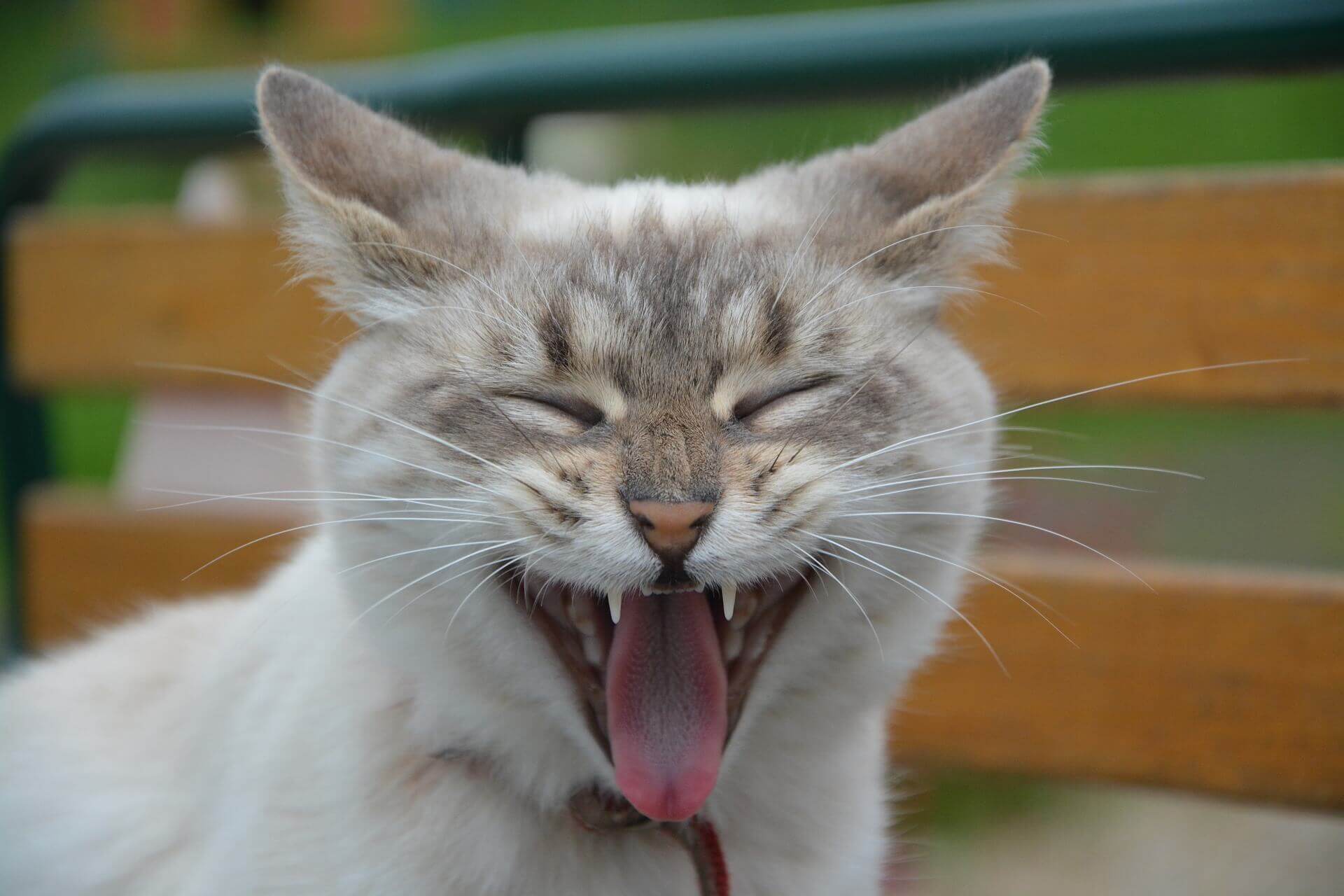Physical Address
304 North Cardinal St.
Dorchester Center, MA 02124
Physical Address
304 North Cardinal St.
Dorchester Center, MA 02124

Cats are fascinating creatures with their unique forms of communication. As a cat owner, understanding your feline companion’s body language can help you strengthen your bond and better interpret their needs and moods. In this article, we’ll explore some common cat body language cues, including the tail, ears, vocalizations, and more.
Tail talk: how cats use their tails to communicate
One of the most obvious ways that cats communicate is through their seats. A cat’s tail can provide valuable information about its emotional state and intentions. For example, a cat with a relaxed, gently swaying tail is likely to feel content and at ease. On the other hand, a cat with a rapidly swishing tail may be feeling agitated or excited.
A cat’s tail can also send specific signals to other cats or their human companions. For instance, a cat may hold their tail straight up to show confidence and dominance, or it may wrap its tail around another cat or person to show affection.
Ear language: deciphering your cat’s ear positions
In addition to their tails, cats also use their ears to communicate. A cat’s ear position can provide insight into its current emotional state and help you anticipate its behavior.
For example, a cat with ears facing forward and slightly angled outward is likely curious and alert. This ear position can also indicate that the cat is ready to play or explore. On the other hand, a cat with flattened ears pressed against its head is likely feeling threatened or aggressive. This ear position may also be a sign that the cat is preparing to defend itself.
Understanding cat meows and other vocalizations
Cats are known for their distinctive meows, but did you know that they have a wide range of vocalizations? In addition to the familiar meow, cats can also make chirping, chattering, and trilling sounds.
These vocalizations can have different meanings depending on the context and the tone of the meow. For example, a high-pitched, excited meow may indicate that the cat wants to play, while a low, repetitive meow may indicate that the cat is hungry or seeking attention.
Reading your cat’s body posture and movements
In addition to their tail, ears, and vocalizations, cats also communicate through their body posture and movements. By observing your cat’s posture and movements, you can gain insight into its emotional state and intentions.
For instance, a cat that is crouched low to the ground with its tail twitching may be preparing to pounce on a toy or prey. On the other hand, a cat that is stretched out on its back with its belly exposed is likely to feel relaxed and comfortable.
Common cat gestures and what they mean
Cats have a range of common gestures that they use to communicate with their human companions and other cats. Understanding these gestures can help you better interpret your cat’s needs and moods. Here are some common cat gestures and what they mean:
Interpreting your cat’s facial expressions and eye movements
Cats also communicate through their facial expressions and eye movements. By paying attention to these cues, you can gain a better understanding of your cat’s emotional state and intentions.
For example, a cat with wide, dilated pupils may be feeling excited or aroused. This is often a sign that the cat is ready to play or hunt. On the other hand, a cat with narrowed pupils may be feeling fearful or threatened. This is a common sign of anxiety or stress in cats, and it may be accompanied by other body language cues such as flattened ears or a lowered body posture.
How to use cat body language to improve your relationship with your feline companion
Understanding your cat’s body language can help you improve your relationship with your feline companion in several ways. For one, it can help you understand your cat’s needs and moods, allowing you to provide the appropriate care and support.
For example, if you notice that your cat is holding its tail straight up and has flattened ears, it may be feeling threatened or aggressive. In this case, it’s best to give your cat some space and avoid approaching it until it calms down. On the other hand, if you notice that your cat is making chirping sounds and has its ears facing forward, it may be feeling playful and eager to engage with you. In this case, it’s a good idea to spend some time playing with your cat and providing it with mental and physical stimulation.
Interpreting your cat’s body language can also help you anticipate its behavior and avoid potential conflicts. For instance, if you notice that your cat is crouching low to the ground with its tail twitching, it may be preparing to pounce on something. In this case, it’s best to remove any potential toys or prey from the area to prevent your cat from getting overly excited or aggressive.
Additionally, understanding your cat’s body language can help you strengthen your bond with your feline companion. By responding to your cat’s signals and meeting its needs, you can create a positive and loving relationship with your cat.
Tips for observing and interpreting your cat’s body language
Here are some tips for observing and interpreting your cat’s body language:
Cats use their tails, ears, vocalizations, body posture and movements, and gestures to communicate with their human companions and other cats. Understanding these signals can help cat owners strengthen their bond with their feline companions and better interpret their needs and moods. For example, a cat with a relaxed, gently swaying tail is likely to be content, while a cat with flattened ears pressed against its head may be feeling threatened or aggressive. By observing their cat’s body language, owners can gain insight into their emotional state and anticipate their behavior.